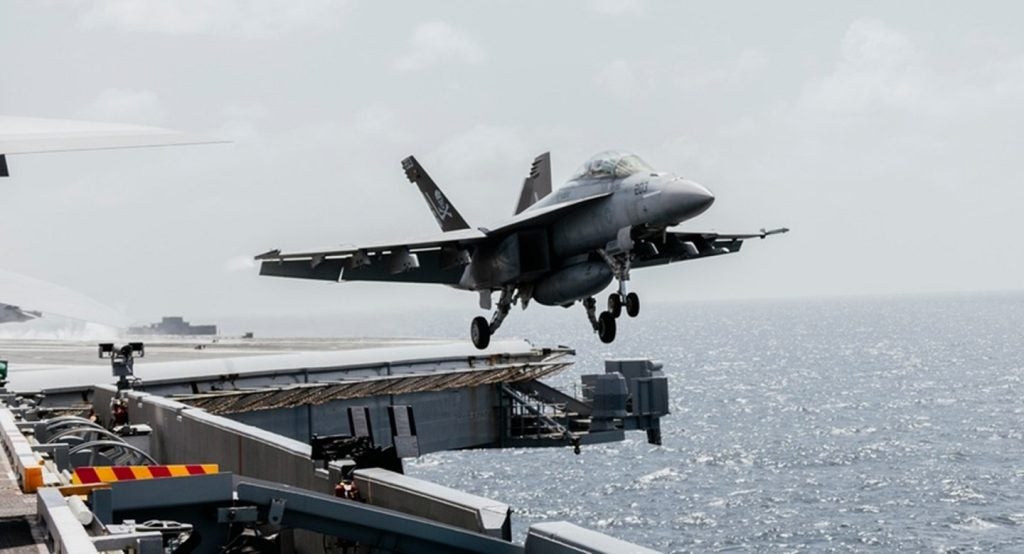
Boeing has delivered a QF-16 full-scale aerial target (FSAT) system to the US Air Force (USAF) Tyndall Air Force Base (AFB) in Florida.
The delivery of the aircraft to the USAF’s 82nd Aerial Target Squadron marks a major milestone in the recovery process of the air base, which has suffered severe damage and destruction from Hurricane Michael.
USAF 53rd Weapons Evaluation Group commander colonel Steven Boatright said: “The arrival of this QF-16 brings us one step closer to resuming operations. It is vital to the warfighter that we resume operations when it is deemed safe to do so.”
The QF-16 enables the US warfighters to conduct live fire weapons testing, as well as joint test and training exercises at the Joint Gulf Range Complex, a 180,000-square-mile area stretching from Key West to northwest Florida.
The 82nd Aerial Target Squadron currently has a total of 18 QF-16 jets assigned to Tyndall AFB. While six of the aircraft are unmanned, all of them are upgraded to be flown remotely.
The manned configuration of the jet can be used to train the operators of the unmanned variants in order to fly the aircraft remotely from the ground station.
How well do you really know your competitors?
Access the most comprehensive Company Profiles on the market, powered by GlobalData. Save hours of research. Gain competitive edge.

Thank you!
Your download email will arrive shortly
Not ready to buy yet? Download a free sample
We are confident about the unique quality of our Company Profiles. However, we want you to make the most beneficial decision for your business, so we offer a free sample that you can download by submitting the below form
By GlobalData82nd Aerial Target Squadron lieutenant colonel Ryan Serrill said: “It is important that we continue to accept new target aircraft into the fleet to keep test programmes on schedule and to deliver capability to the warfighter.
“Our people are safe and are eager to get the flying mission back off the ground. Our mission is one that will continue at Tyndall and we look forward to getting back to flying operations.”
Designed as a modified platform of the USAF’s ageing F-16 fighting falcon aircraft, the QF-16 has been designed to replace the service’s existing QF-4 FSAT fleet.
As a fourth-generation airborne target system, the aircraft will help address evolving airborne threats and support the evaluation of fielded air-to-air missile (AAM) capabilities, while offering live missile training for combat aircrews.







